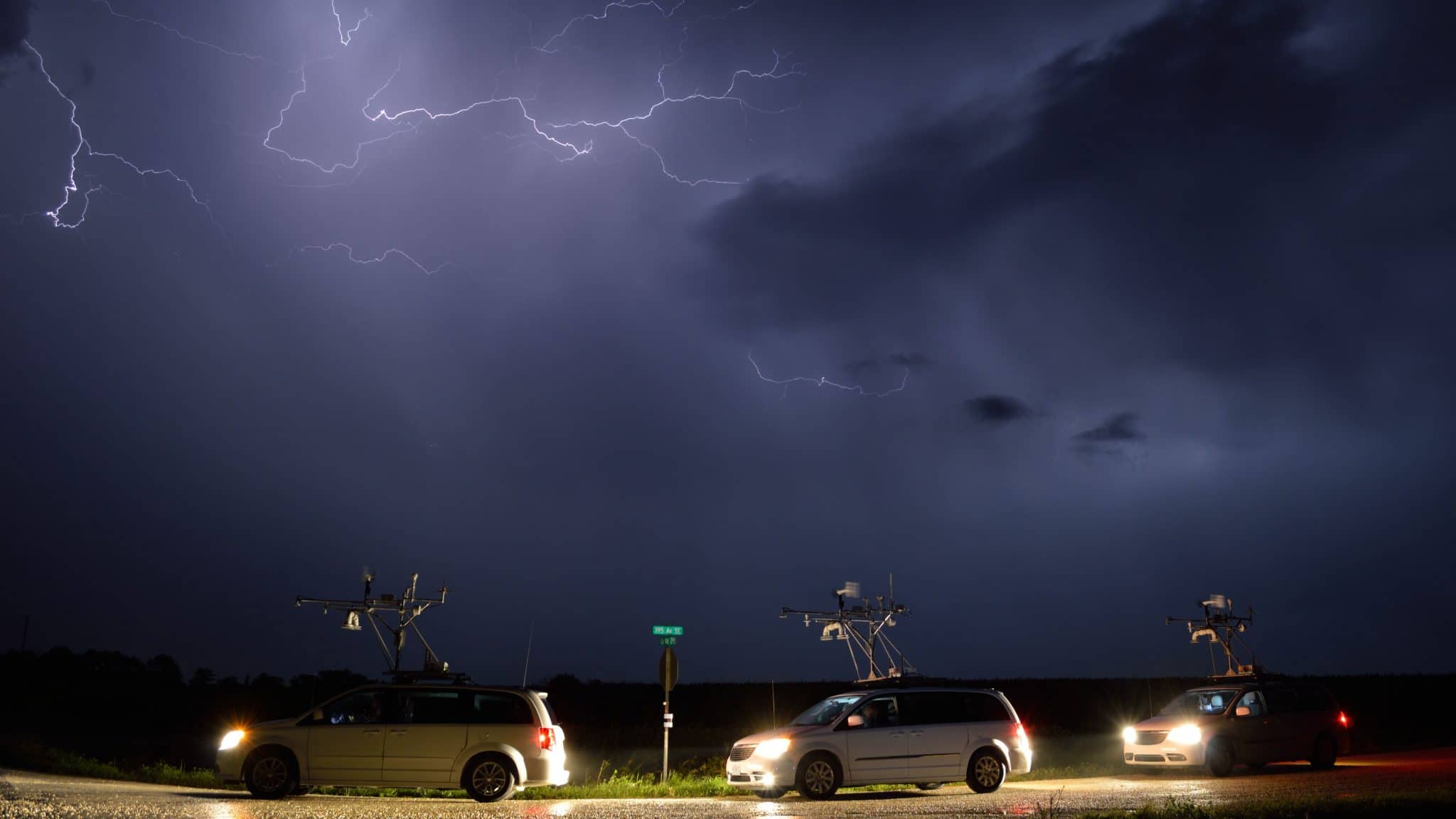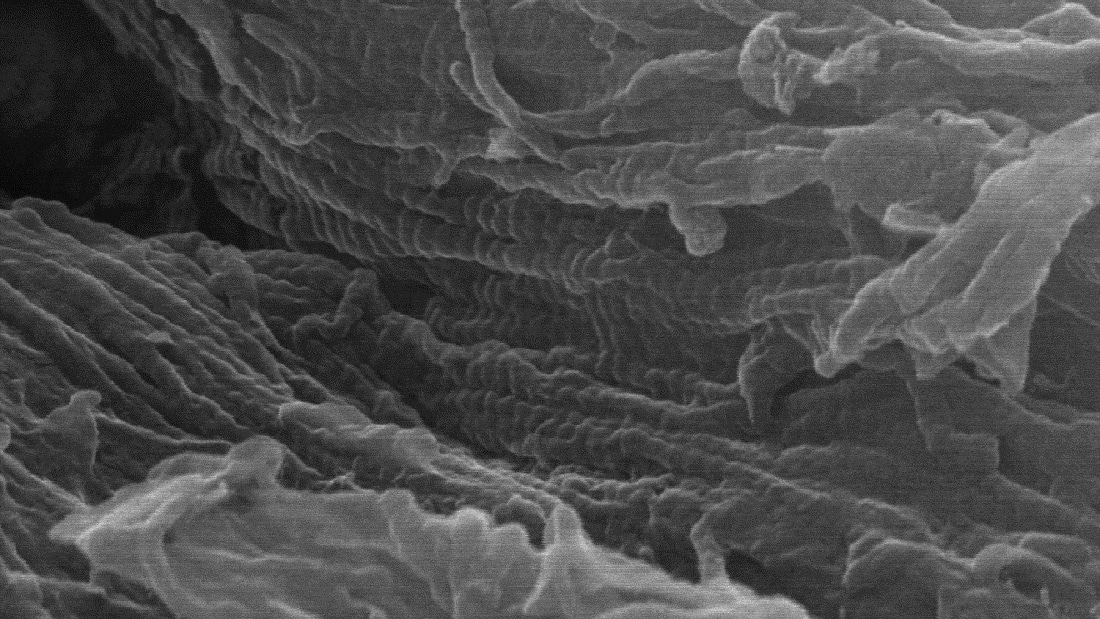The Night Watch

The scientists sat in their minivans, listening to the rain pound on the roof and watching the lightning crawl across the sky. It was long past midnight, but they wanted to learn more about the storm beating down upon them.
The team, led by NC State atmospheric scientist Matt Parker, was working as part of Plains Elevated Convection at Night (PECAN), a multi-university National Science Foundation–funded project that seeks to better understand how nighttime thunderstorms form in the central United States.
Nighttime storms produce high winds and hail as well as most of the growing season rain in the central U.S. But even by the unpredictable standards of thunderstorms, nighttime boomers are particularly hard to forecast. Learning more about them could help meteorologists better prepare prairie communities for severe weather or reassure drought-stricken farmers that relief is on the way.
So, for seven weeks during the summer of 2015, Parker and his team of four graduate students gathered nocturnal storm data from a huge swath of the Midwest from Texas to Minnesota.
“These are measurements no one has made before,” Parker said. “And we got them by rolling up our sleeves and going out there overnight.”
Scientists generally understand the mechanics of afternoon storms. But at night, when temperatures drop, storms often form differently. A phenomenon called the low-level jet rapidly shoots warm moist air aloft from the Gulf of Mexico into the Plains states. The influences of these air currents are hard to detect, but scientists think they help groups of smaller thunderstorms to combine into larger, more dangerous storm clusters.
A typical day of storm monitoring began around noon when the team woke up at its headquarters in Hays, Kansas. After an afternoon of planning, members would head out around sunset toward another patch of unstable air that was often several hours’ drive away.
When the team found a storm, they’d spend up to six hours launching weather balloons equipped with devices to measure temperature, humidity, air pressure and wind speeds. After a busy night of this windy and wet work, they’d return to their base and climb into bed a little before sunrise. The next day, they’d do it all over again.
The group collected so much data that analyzing it will take at least a couple of years. Then the team will start publishing results that Parker hopes will shed new light on a weather phenomenon that affects millions of people.
“The motivation for this project was to get better at forecasting something we have difficulty with,” Parker said. “Those are the kinds of problems I love.”


